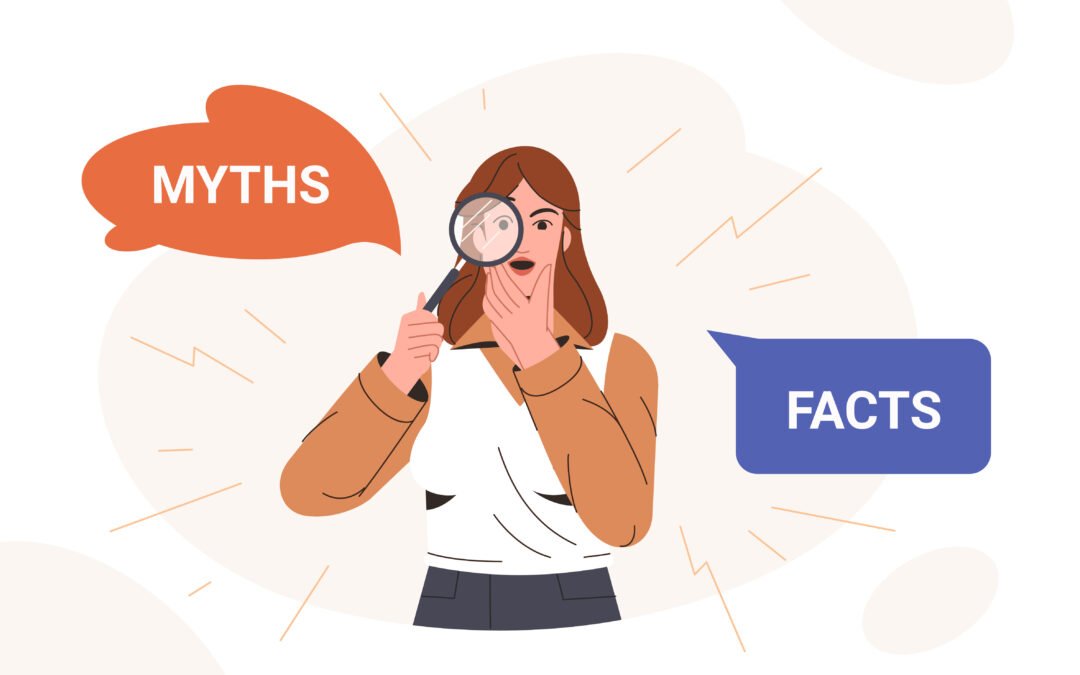Writers and editors often go on a mission to eradicate the word that from their written works. But I’ve wondered: Is the word that really that big of a problem? After researching it, I’m here to say that in many cases, that needs to remain. Although it’s gained a bad reputation, the word that often plays an essential role in sentences.
Where did this vendetta against that begin, anyway? The Chicago Manual of Style (CMOS), in an article about this subject, indicates that it may have started with Strunk and White’s directive to “omit needless words” in their classic book The Elements of Style. However, CMOS notes that the word that was not included in the authors’ list of needless words. In fact, the authors used the word quite liberally in their verbiage throughout the book.
Ultimately, whether to keep or eliminate that is more of a judgment call based on feel or the “sound” of a sentence rather than on a definitive rule. Does a that smooth out the flow of a sentence and ensure that all dots are connected? Does it sound natural, representing the way people talk? Then leave it in.
The Associated Press Stylebook provides this general guideline: “Use the conjunction that to introduce a dependent clause if the sentence sounds or looks awkward without it.” (I’ll go into that in a minute.) “There are no hard-and-fast rules.”
Then it goes even further, providing the much-maligned that with a vote of confidence: “When in doubt, include that. Omission can hurt. Inclusion never does.”
More Specifics About That
Now that I’ve advised you to ease up on that word that you may love to delete, let’s talk a little more about the finer points regarding when to leave it in or omit it.
According to CMOS:
“Retain it after verbs like ‘believe,’ ‘declare,’ and ‘see.’”
I’ll add: Verbs like those would include “acknowledge,” “understand,” “think,” “consider,” “confirm,” “doubt,” “hope,” “feel,” and “ensure.” Words like these refer to a decision, cognition, awareness, sense, or state of mind. Think of it like “I think, therefore I that.”
Here’s an example of using it with “see” that CMOS provides:
“They can see that specially planted trees in the fields across the river will provide a perfect cover for the lord’s longbowmen. [‘That’ prevents us from reading ‘They can see trees.’]”
CMOS also advises:
“And keep it when a dependent clause starts with an element of time:
“He swore that on the afternoon of the crime he was visiting his sick mother. [Otherwise we don’t know whether he swore on that day or visited his mother on that day.]”
The example above demonstrates another rule: You should use that when following fancier verbs that essentially mean “speaking.” You would say “They swore that he was there,” (to avoid reading that he swore, and he was there) and “She declared that he was there,” or “She admitted that she hadn’t seen him there” (to similarly avoid misreading what she declared or admitted).
But you’ll often want to omit that when it comes to simple speaking verbs like “said” (especially when it is followed by a pronoun). “She said he was there” is simple and easy to understand, with no concern about misreading. “She said that he was there” seems slightly overwrought. However, according to the style guides, it’s not wrong. It’s up to you and your editor, who may prefer to take it out.
On the internet, though, you’ll see advice that it’s okay to omit that after bridge verbs, which include thinking and speaking verbs like the ones we’ve been discussing. But the major style guides don’t seem to agree with that. My advice is that if it may cause a reader to stumble, leave it in.
But what about in this case? I used this sentence in my opening paragraph:
I am here to say in many cases, that needs to remain.
I want to say that in many cases, that needs to remain.
You can see how the first sentence could be slightly confusing. Are you here to say something “in many cases” (whatever that would mean)? Or are you here to say that something needs to remain (in many cases)? That qualifying phrase “in many cases” made using the word that as a subordinating conjunction necessary. You can really get into the weeds with this, but I’d say it’s definitely a feel thing! Be the reader of your own writing (or ask someone else to read it), and see what trips you up.
Dependent Clauses That Need or Don’t Need That
Aside from those “speaking and thinking” verbs, what other instances should we discuss? Let’s talk about dependent clauses (promised above), which are often descriptive and are sometimes referred to as “adjectival clauses.” (A clause has a subject and a verb but can’t stand alone, being dependent on another independent clause for its meaning.)
When a dependent clause follows a noun, it’s often a judgment call whether to leave that in or take it out. Often, it’s just fine to eliminate it and it may sound better that way. Just be sure it doesn’t create any ambiguity or confusion.
Who took the crayon box that I left out on the counter?
Who took the crayon box I left out on the counter?
If you’re trimming words, the second is better.
Still, some nouns do better than others when you remove the word that from the clause that defines it. Grammar Girl provides an example of a clause where that is needed in order to avoid confusion. Here is her example using the noun “rumor”:
“the rumor that Fenster started dyeing his hair.”
She notes that if you take out the word that, “it starts out as ‘the rumor Fenster started,’ which sounds just fine—until the clause keeps on going—’the rumor Fenster started dyeing his hair’—and the reader realizes you’re talking not about a rumor started by Fenster, but about a rumor to the effect that Fenster started dyeing his hair. When I read a sentence like that, it wastes my time because I end up re-reading it and mentally inserting the missing ‘that.’ It’s another miscue creating a garden-path sentence.”
So, Grammar Girl advises that we prevent people from wandering back and forth in a garden of words. Keep the reader with you, without having them second-guess where they’re going.
And CMOS edition 18 fully agrees with that advice, perhaps also clearing up the mud around those so-called “bridge verbs”:
When that is a conjunction, omitting it may result in a miscue or ambiguity, however slight {the plaintiff charged the expenses were recorded as $5,000 instead of $500 [the expenses weren’t charged; insert that before the expenses]}. Although the word that may often be safely omitted after the verbs say and think {we said the budget needs to be accurate} {Hank thought the tire was flat}, it should be retained after other verbs, including near-synonyms {we declared that the budget needs to be accurate [is needs a noun or a verb?]} {Hank believed that the brochure was outdated}, to make it clear that what follows is a clause and not a complement. But when the subordinate clause begins with a pronoun, the conjunction that can often be safely omitted {Jane assured us she could do it} {Hank believed his tire was flat}.
A New Perspective on That
As you can see, the decision to keep or delete the word that is more nuanced than many people will lead you to believe. Theword that has a variety of functions, linking ideas together and introducing separate elements of sentences. It keeps sentences flowing seamlessly toward their destinations. A lengthy online dictionary entry details its many correct uses, as a conjunction, pronoun, adjective, and adverb.
I hope that you will come away from this blog post with more respect for the mighty that. Many esteemed style guides and experts recommend that when in doubt, you should leave it in, and it could be a good move to follow that guidance.



